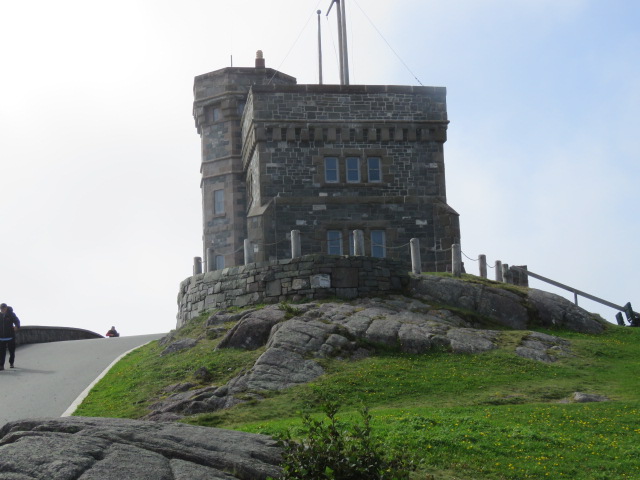Sep 24 - St.John's NL
This was to be our first day in St. John's but we came in a day earlier than planned and did the Irish Loop yesterday.
We are taking things easy and not rushing to get out. Today's plan was Jellybean Row.
The weather was wonderful but windy, very windy. Hurricane Fiona truly passed over us and totally devastated Port aux Basques where we catch the ferry on the 29th.
The colourful rows of houses in downtown St. John's are often referred to as Jellybean Row, there isn't a specific address (although we used 234 Duckworth) as you will find these brightly painted houses throughout the city.
It is widely thought that this practice is traditional, to help fishermen in foggy weather. In truth this "tradition" began in the 1970s as a way to inject new life in a declining downtown. Whatever, it is delightful.
Next stop - Signal Hill.
AND IT IS WINDY!
St. John's most popular landmark - Signal Hill recalls the town’s historic past and communications triumph, against sweeping views overlooking the Atlantic. Signal Hill was the site of St. John’s harbour defences from the 17th century to the Second World War and where Guglielmo Marconi received the world’s first transatlantic wireless signal in 1901.
The Battle of Signal Hill took place on the morning of September 15 when the 200 English soldiers climbed Signal Hill, attacking 295 French infantry. The attack, which caught the French by surprise, resulted in the French forces retreating and surrendering three days later.
The Battle of Signal Hill was the final battle of the Seven Year’s War in North America, which secured Great Britain as the prominent European power in North America.































The views from Signal Hill are great
ReplyDelete